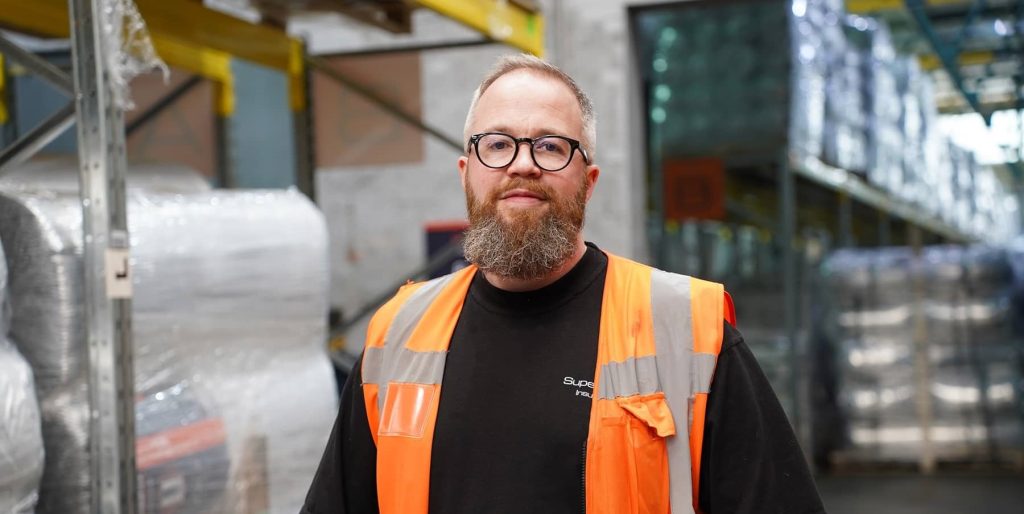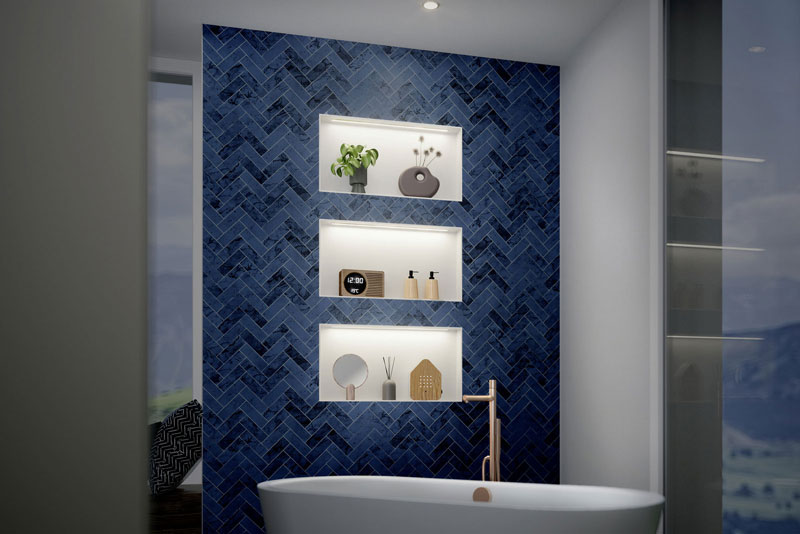Anything that helps reduce the time spent on site building a project will tackle climate change
Modular Construction has been touted as a sustainable and more efficient solution for the building products and construction sector, but are adoption levels rising and what are the key trends affecting the sector? Building Products Investigates.
Ian Fernandes-Johnson is Managing Director of Independent Design House Ltd and says that modular and offsite construction is nothing new and some of the same challenges remain.
He explains: “The key trends are transport and build space; and size limitations regarding transport arguably have the biggest effect. Modular and off-site construction have been utilised for years and are nothing new. For example, the majority of London build projects are constrained by space for transport, off-loading and installation.”
Ian also doesn’t believe that the concept of modular construction is being more widely adopted. He says: “With regards to off-site solutions, I don’t believe that it is being more widely adopted, as the limitations are probably still the same today as they were 20 years ago around space and logistics.
“But I have seen advances with the on-site modular build processes. For example, bridges are now being built off-line, adjacent to their final installation position, before being moved into place, thus reducing the impact on road closures.”
Nick Cowley, who is Managing Director at Euramax, comments: “For modular, I think the only way is up in the decade to come. The sector has seen incredible growth in the space of just a few short years, but between now and 2030, I expect we’ll see a range of different factors cause the modular market to double or triple in size.
“COVID-19 saw UK housebuilding slow to the lowest levels since 2009. We all hope that the worst of the crisis is behind us, but realistically, it’s likely that we’ll be living with regular flare ups of the virus for many years to come.
“When cases are high, it may become commonplace for workplaces to temporarily introduce social distancing measures – something that’s much more manageable in the controlled conditions of a factory than on site.
“However, it’s increasing from a very low base. Now, less than 10% of British buildings are constructed from modular components. In Japan, it’s 15%, in the Netherlands, it’s 20%, and in Sweden it’s an incredible 80%.
“In the years ahead, I predict we’ll see the UK start to rapidly catch up.”
Nick also believes that it can help with the skills shortages the country is currently facing: “The country’s severe skills shortage continues. Construction sector job vacancies reached 35,000 earlier this year – the highest since records began, driven by an aging workforce and the impacts of Brexit. Again, modular offers a potential solution, requiring less manpower than conventional housebuilding.”
On future adoption for the modular construction methods, Rod Davies, who is a Director at Energy Carbon, is also optimistic but says that resistance to change in the sector is holding it back.
He says: “There’s no question that modular will grow significantly in the coming years, but that growth could be occurring a lot faster. In our view, more than other issues like materials shortages and skills, the biggest thing holding the sector back is that the major players in construction are very resistant to change.
“They’re interested in sustainability and the potential of modular to some extent – but they don’t want to take the leap themselves. In a few years, we suspect they’ll eventually come around to the idea, but for those of us who want to kick-start decarbonising Britain’s housing stock immediately, it can be frustrating.”
Solving the housing crisis
Chris Williams, who is the Managing Director of Green Life Buildings (GLB), believes that modular construction could be the key to solving the housing shortage, but highlights that Brexit is having an impact.
He comments: “The ongoing shortage of homes across England and making up that shortfall, due to the pandemic and lockdown, will see offsite housing construction rise. The declining number of skilled tradesmen due to Brexit is having an effect and reducing the impact of construction by moving more elements of construction work offsite and into a factory. This is also a significant driver.
“In terms of the construction process, off-site construction provides specifiers with programme certainty and quality through simplification of site operations, while also reducing weather dependencies. Building buildings inside buildings offers greater quality control, projects can be completed in less time, and there are fewer safety concerns and risks as less time is spent on site.
“However, shipping buildings by road has its own problems, not least in design restrictions, damage during transport and installation, and the final position can still be impacted by site conditions and weather. For that reason, our initial focus is more on supporting on-site construction with modular off-site construction panels that speed up installation using semi-skilled labour. 100m2 of wall panels can be installed in a day and ready to spray or cast the next.”
Covid-19
Chris also disagrees with Ian that take-up isn’t rising and believes modern methods of construction, such as modular, will only rise in popularity.
He explains: “Due to the last 18 COVID-months, becoming more efficient is vital for most industries moving forward, and after the material shortage and price effects of the last few months, the construction industry needs to reduce waste in materials and manpower. MMC can help achieve that and has driven interest in our product and others. It is the way of the future due to legislation, carbon, labour, and affordability.
“Construction is slowly moving away from older UK building techniques, which is increasing the demand for modular and offsite construction, and the building systems that fit into that space. We are certainly seeing more growth in our GLB M2 advanced building system as a result.”
Sustainability
With tackling climate change a major focus for the sector, it’s interesting to assess whether more frequent adoption of modular construction methods will be good for the environment.
Chris Williams comments: “Not all modular systems are the same and, therefore, their carbon footprint will be different. The material choices fundamentally impact the home’s carbon footprint in construction and in operation. If we still want brick façades and finishes, the carbon footprint is going to be higher than a render or timber accent cladding that will not change even if built in
a factory.
“What changes in a factory is the amount of waste and an ability to use different products to achieve the same visual finishes with less carbon. For us at Green Life, the focus is on using the least amount of the best performing material for the job in hand.
“The lowest carbon structural material is concrete, and with the latest IPPC report showing concrete acts as a carbon sink on top of having a very low emission per kg use rate, this means it is better than steel or wood.
“Our panels use 80mm less than the width of a single brick. EPS is the best performing insulation on a carbon emission standpoint, outperforming mineral wool and other natural insulators. So, combine the right materials with low or no production waste and you start to tackle the problem head on.
“Better design, better materials and less interfaces means less transport, less impact. And while that looks at the manufacturing and build process, modular and offsite construction provide benefits when the building is occupied. As the quality of buildings manufactured are better, buildings are heated and cooled more effectively, making them much more thermally efficient.”
Nick Cowley also believes that modular construction can have a positive impact on the environment.
He explains: “The benefits of modular for sustainable construction are obvious – less travel and transportation mean lower carbon emissions, and producing homes in a tightly controlled, lean manufacturing environment significantly cuts inefficiencies and waste. It’s for this reason more than any other that I think modular will one day become the dominant method of construction in the UK.”




















